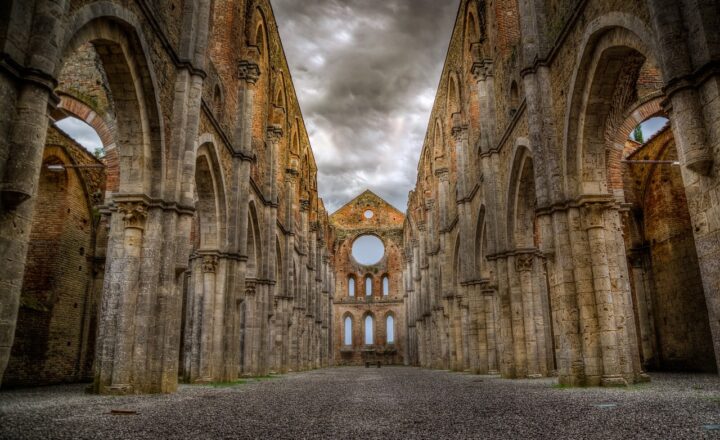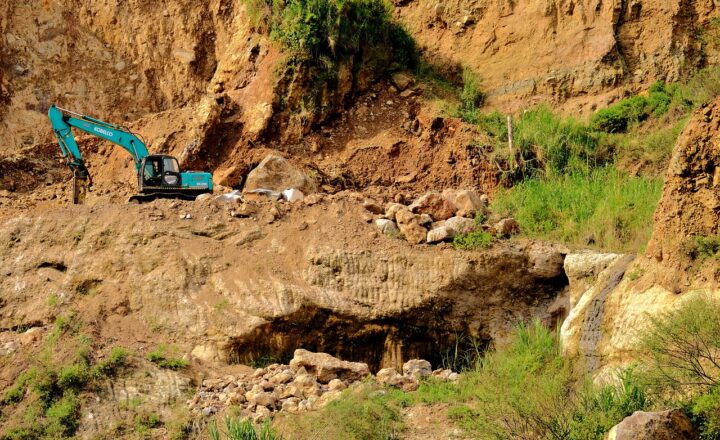The Lost Civilization of the Maya: Unsolved Mysteries of a Vanished Empire
November 15, 2024

The Maya civilization stands as one of the most intriguing and enigmatic societies in world history. Flourishing in Mesoamerica for thousands of years, the Maya left behind remarkable achievements in art, architecture, math, and astronomy. However, as advanced as they were, the question remains: what led to the decline of such a powerful empire? This article delves into the fascinating world of the Maya, exploring their achievements, the enduring mysteries surrounding their disappearance, and the ongoing efforts to understand their legacy today.
1. A Brief Overview of the Maya Civilization
The Maya civilization primarily inhabited present-day Mexico, Guatemala, Belize, and parts of Honduras and El Salvador. Emerging around 2000 BC, the Maya reached their peak during the Classic Period (approximately 250-900 AD). They were known for their advanced knowledge in various fields, including:
- Architecture: The Maya built impressive cities with grand temples, pyramids, and palaces, often adorned with intricate stone carvings and murals.
- Astronomy: They meticulously studied celestial bodies, leading to the development of complex calendars that accurately tracked solar and lunar cycles.
- Mathematics: The Maya were among the first to use the concept of zero and had a vigesimal number system based on the number 20.
- Writing: Their sophisticated writing system, comprising hieroglyphs, recorded historical events, rituals, and social structures, making them one of the few literate civilizations of the ancient Americas.
Despite these advancements, the civilization’s decline began by the end of the Classic Period, leading to the abandonment of many major cities. The ensuing centuries remain steeped in mystery, raising questions about their fate.
2. Theories Behind the Decline of the Maya
Several hypotheses attempt to explain the Maya’s disappearance, contributing to the grandeur and tragedy of their story:
- Climate Change: Evidence suggests that the region experienced severe droughts during the time of the civilization’s decline. The resulting agricultural failures could have led to food shortages, societal unrest, and depopulation.
- Warfare and Conflict: The Maya were not a unified empire but rather a collection of city-states that often engaged in warfare. Increased conflict over resources, territory, and power may have contributed to their disintegration.
- Societal Strain: The rapid population growth might have placed enormous pressures on resources and social structures, leading to instability, infighting, and collapse.
- Resource Depletion: Intensive agriculture could have led to deforestation and soil degradation, compromising their ability to sustain large populations and, consequently, their cities.
While scholars have made substantial strides in understanding these concepts, the exact combination of factors that resulted in the civilization’s downfall is still subject to debate and research.
3. The Rediscovery of the Maya: Archaeological Efforts
In recent decades, thrill seekers and researchers have actively pursued the mysteries of the Maya, unearthing lost cities, artifacts, and inscriptions. Important discoveries include:
- Tikal: One of the largest and most significant archaeological sites, showcasing impressive temples and plazas that speak to the grandeur of the Maya civilization.
- Copán: Another UNESCO World Heritage site, known for its intricate sculptures and detailed inscriptions that offer glimpses into the Maya’s rich history and culture.
- Lidar Technology: Recent advancements have allowed researchers to use light detection and ranging technology, revealing previously hidden structures within thick jungles, leading to a reevaluation of the scale and complexity of Maya cities.
These archaeological explorations aim to piece together the puzzle of the Maya civilization, shedding light on their achievements and challenges while also providing new insights into their disappearance.
4. The Maya Influence on Modern Society
The legacy of the Maya endures in various aspects of contemporary society:
- Cultural Heritage: The descendants of the Maya still inhabit parts of Mexico and Central America, preserving their language, traditions, and customs, which enrich the multicultural landscape today.
- Scientific Contributions: Insights gained from studying the Maya’s understanding of astronomy and mathematics continue to influence various academic fields, inspiring modern educators and scientists alike.
- Sustainable Practices: Current discussions on sustainability can draw from the Maya’s agricultural practices, which were often tailored to harmonize with their environment, showing a long-standing knowledge of ecological balance.
As societies grapple with rapid change and environmental challenges, the ancient wisdom embedded in Maya culture serves as a reminder of the intricate relationship between humanity and the natural world.
Conclusion: The Enduring Mystique of the Maya
The lost civilization of the Maya remains one of history’s most captivating subjects, riddled with unsolved mysteries and profound achievements. As archaeologists continue to explore and decipher fragments of their past, the Maya civilization’s decline will likely yield more insights in years to come.
While we may never have a complete understanding of why the Maya vanished, their legacy is alive in modern culture and the lessons drawn from their successes and failures still resonate today. The enduring quest for knowledge about the Maya not only satisfies human curiosity but also informs how we might navigate our own challenges in the future.







